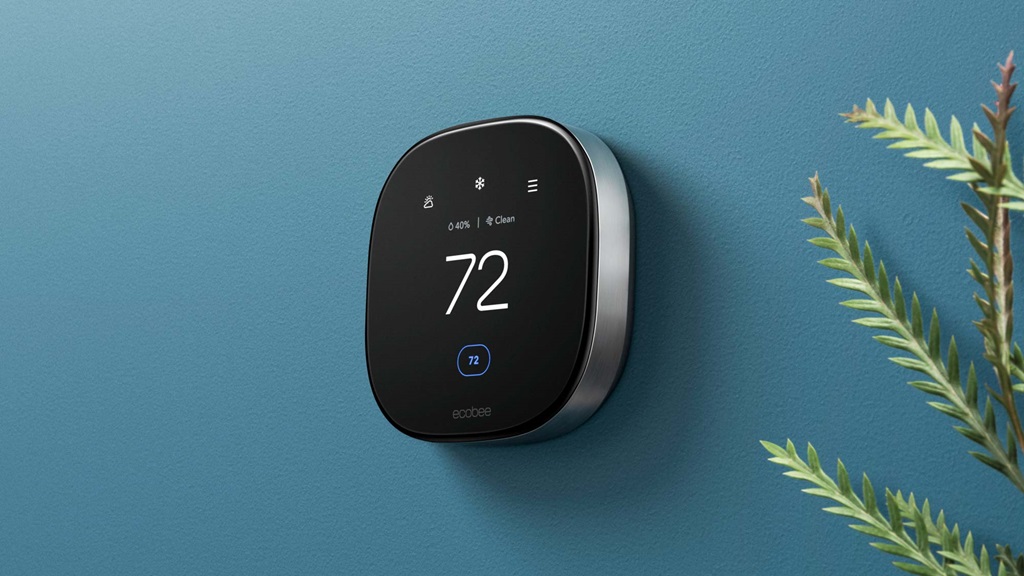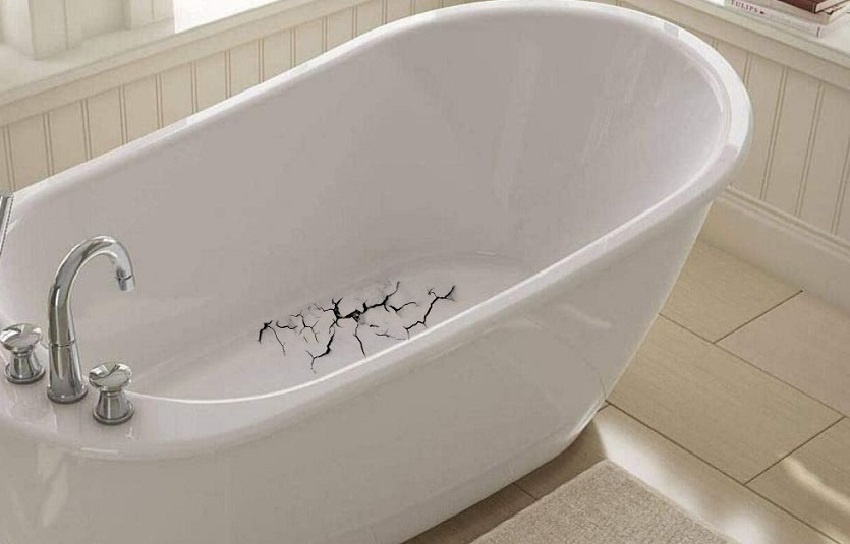The quest for net-zero energy homes—dwellings that produce as much energy as they consume—has never been more urgent. As homeowners seek sustainable solutions, one technology often flies under the radar but plays a crucial role in achieving this ambitious goal: the smart thermostat.
Understanding Net-Zero Energy Homes
Net-zero energy homes (NZEHs) are more than just a trend; they are a testament to human ingenuity and the desire for a sustainable future. These homes seamlessly integrate energy-efficient design, renewable energy sources (like solar panels), and intelligent energy management systems to minimize their carbon footprint.
The Smart Thermostat’s Role
While solar panels and energy-efficient appliances steal the spotlight, smart thermostats quietly work behind the scenes to optimize energy consumption. These intelligent devices go beyond simply setting temperatures; they learn your habits, adapt to your schedule, and make real-time adjustments to ensure maximum comfort with minimal energy waste.
Key Features That Make Smart Thermostats a Net-Zero Essential
- Learning Algorithms: Smart thermostats use machine learning to understand your preferences and daily routines. Over time, they anticipate your needs, automatically adjusting temperatures for optimal comfort and energy savings.
- Remote Control: With smartphone apps or web interfaces, you can control your home’s temperature from anywhere. This means you can turn down the heat while you’re away and ensure a comfortable environment upon your return.
- Geofencing: Some smart thermostats use geofencing technology to detect your location. They can adjust the temperature when you’re nearing home, so you walk into a perfectly climate-controlled environment.
- Integration with Renewable Energy: Smart thermostats can integrate with solar panels and other renewable energy sources. They can prioritize using excess solar energy for heating or cooling, further reducing your reliance on the grid.
- Energy Reports: These devices provide detailed reports on your energy consumption patterns. This data empowers you to identify areas for improvement and make informed decisions about your energy usage.
Real-World Impact
The impact of smart thermostats on energy consumption is significant. Studies have shown that they can reduce heating and cooling costs by up to 23%. In a net-zero energy home, these savings are even more pronounced, as every kilowatt-hour counts towards achieving energy balance.
Related: Choosing Whether to Use Integrated Appliances
Choosing the Right Smart Thermostat for Your NZEH
The market offers a wide array of smart thermostats, each with unique features and capabilities.
When selecting one for your net-zero energy home, consider the following factors:
- Compatibility: Ensure the thermostat is compatible with your existing HVAC system.
- Features: Prioritize features like learning algorithms, remote control, geofencing, and integration with renewable energy sources.
- Ease of Use: Opt for a thermostat with an intuitive interface and user-friendly app.
- Cost: Smart thermostats vary in price. Choose one that aligns with your budget while offering the features you need.
Beyond Energy Savings: Additional Benefits
Smart thermostats offer more than just energy savings:
- Enhanced Comfort: They maintain consistent temperatures and adapt to your preferences.
- Convenience: Control your thermostat from anywhere, anytime.
- Smart Home Integration: Many smart thermostats integrate with other smart home devices for a seamless experience.
The Future of Smart Thermostats in Net-Zero Homes
As technology advances, smart thermostats will become even more sophisticated.
We can expect to see:
- Advanced AI: Thermostats will use artificial intelligence to predict energy consumption and optimize settings accordingly.
- Demand Response: Thermostats will participate in demand response programs, helping to balance the electrical grid.
- Personalized Comfort: Thermostats will create personalized comfort zones for different occupants based on their preferences.
Conclusion
In the pursuit of net-zero energy living, smart thermostats are a valuable tool. They empower homeowners to take control of their energy savings, reduce their carbon footprint, and create a more sustainable future. As we continue to innovate and refine these devices, they will undoubtedly play an even more significant role in the journey towards net-zero energy homes.




